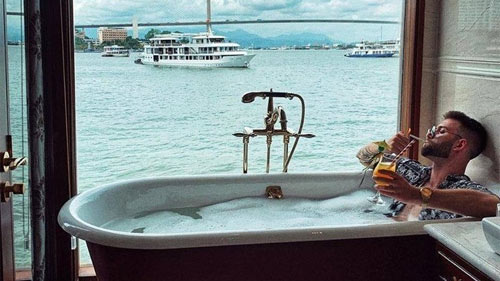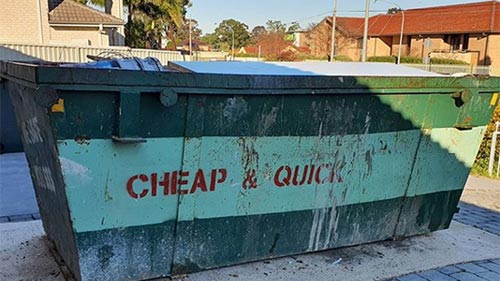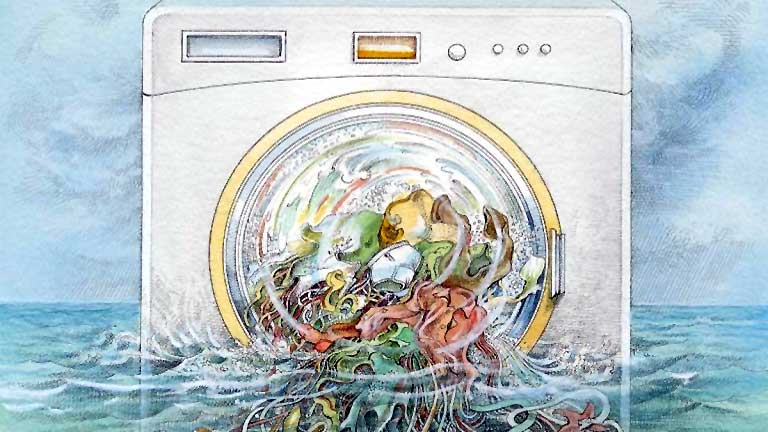 Boating is fun only when you maintain proper hygiene standards and sanitation. Though difficult, sanitation is essential because it keeps you away from any serious ailment while on waters. For proper sanitation, several technical and mechanical aspects are taken into considerations. If done properly, you can also enjoy a sanitized and clean voyage.
Boating is fun only when you maintain proper hygiene standards and sanitation. Though difficult, sanitation is essential because it keeps you away from any serious ailment while on waters. For proper sanitation, several technical and mechanical aspects are taken into considerations. If done properly, you can also enjoy a sanitized and clean voyage.
To deal with waste on board there are many ways which include the process of composting, recirculating, and incinerating toilets. Also, there are options for portable potties. For a more complicated system, there are options for incorporating various valves, hoses, and pumps. Here are some ways to make boating sanitation sustainable.
1. Carrying Portable Toilets
This is the widely used options for most of the weekend or trailer boats. In fact, it’s good when the voyage continues to be not more than three to four days. Portable toilets can comfortably hold six gallons of waste. But, they can be discharged right at the water simply by deodorizing the chemical before transferring it to the tank. It prevents clogging and the disposal is eco-friendly and inexpensive. Also, it prevents dumping it into the shore.
2. Holding tank with Proper Discharge Option
When there’s an adequate pump-out facility, a holding tank is effectively designed with a proper connection between head discharge and a well-built deck fitting. It is quite an inexpensive installation, simple, and at the same time meets the legal standards. Such holding tanks can store about three gallons of waste, but at the same time, there should be a bigger tank installed if there’s adequate space. The large tank will be helpful to keep away waste from collecting in hoses. However, there’s a drawback, when there’s no pump outstation in close vicinity.
3. Holding Tank with Overboard Discharge
Beyond the limit of three miles, you can discharge overboard. So it’s important to keep the discharge option other than the standard deck pump–outfitting. For the additional purpose, there should be a Y–valve between the tank and toilet that lets you pump out the waste directly overboard when reaching the limit. However, in the harbor, one can make effective use of the holding tank. But, the major drawback of the system is that the holding tank can’t help in the accidental discharges. And even if it’s in the harbor, the waste has to be discharged.
4. Holding tank with different Discharge Mechanism
In such cases, the capacity of the holding tank is much larger than the previous ones. There’s no Y–valve fitted in the tank, but the tank is actually emptied by the deck pipe. When offshore, you can take resort to the electric pump or manual to discharge the waste. In many cases, a hose or clogged valve can be a potential risk marker. To avoid the predicament, always keep the cleaning bucket as well as your Potty patrol ready.
Sanitation is an important aspect on board as you can’t have the access to your home toilet, which is likely to make you feel sick. So, make all the arrangements beforehand, so that your boating expedition becomes an amazing one.




